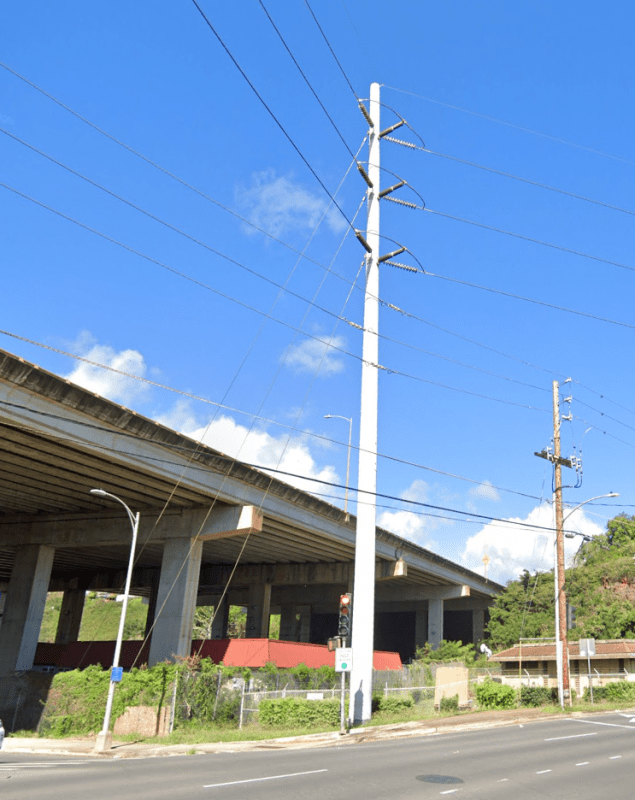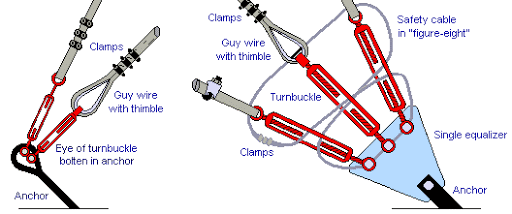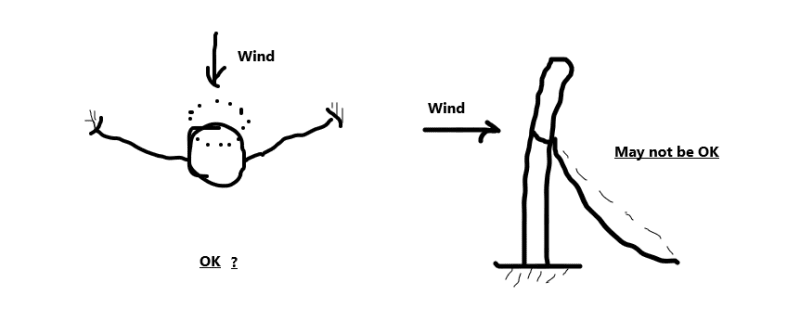structure567
Civil/Environmental
I have an 11' existing cantilevered pole that is embedded onto the ground. I would like to brace the column somehow and was wondering if there are any ways to laterally brace a pipe column at the mid height. Will it be possible to install a seismic clamp and attach a high strength rod? The pole does have a 5'x5' sign that is attached at the top and is located at an open field where wind force will govern.




